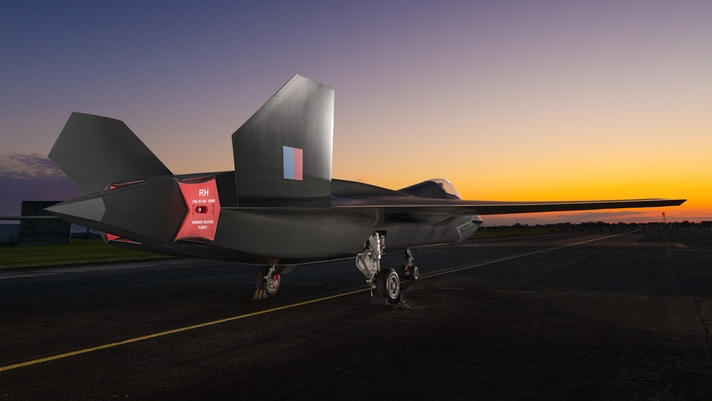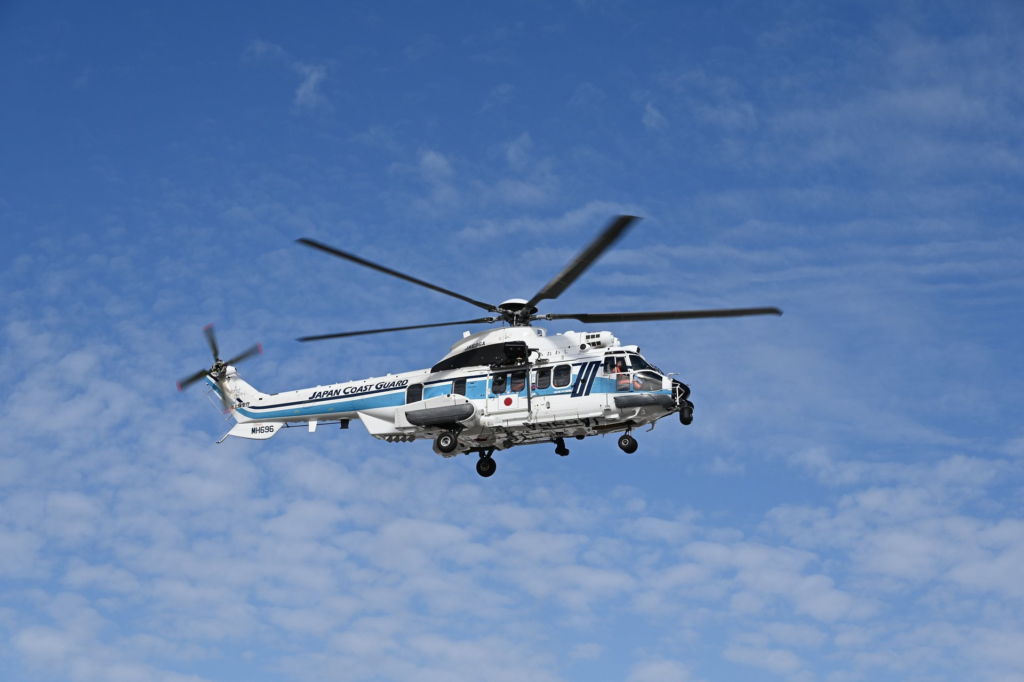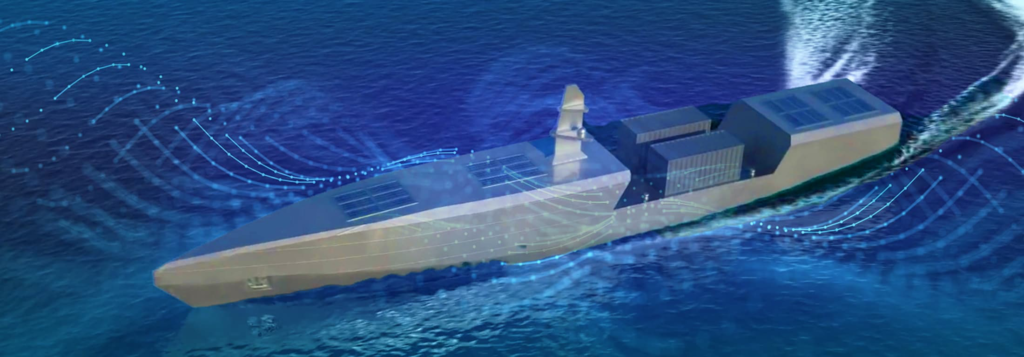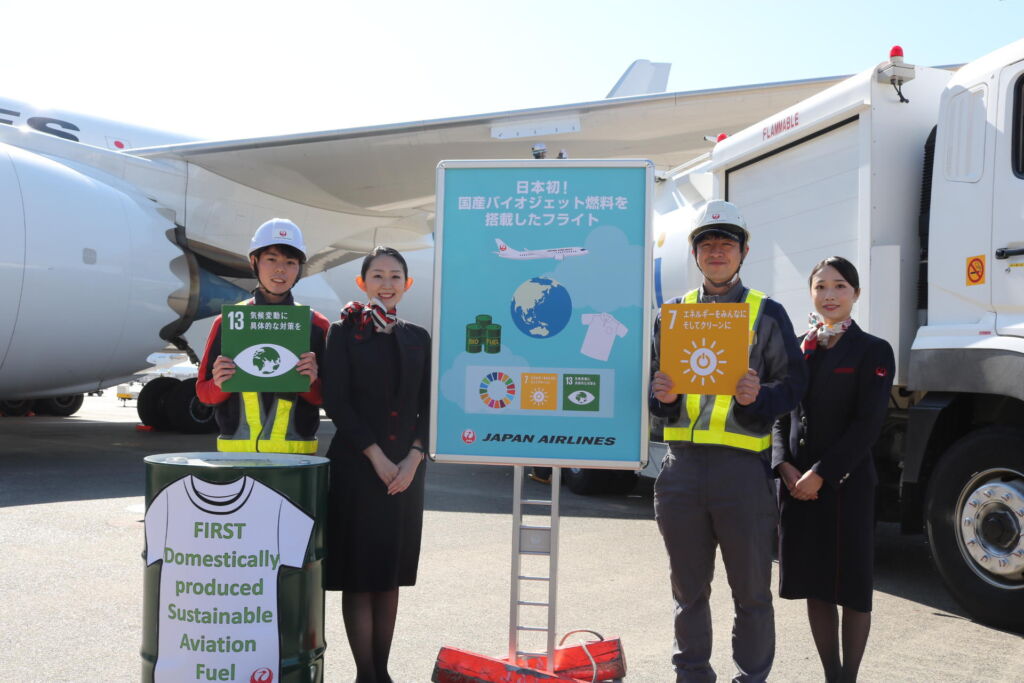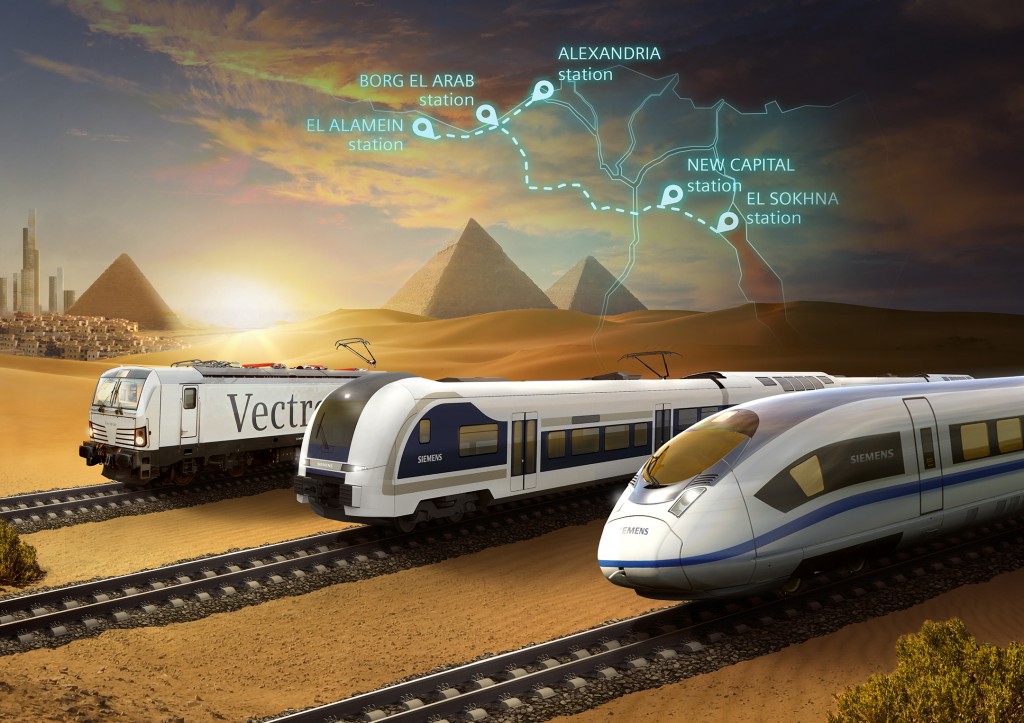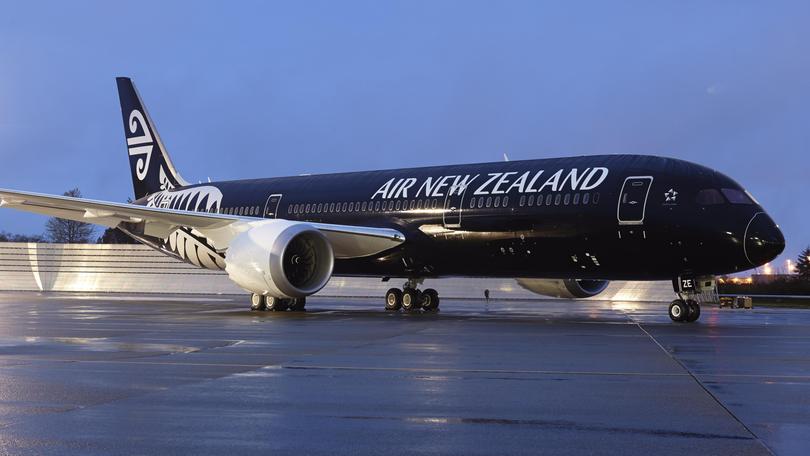Rolls-Royce Agrees to Sell AirTanker Stake to Equitix Investment Management Limited
Rolls-Royce (OTC: RYCEY) announces the agreed sale of its 23.1% shareholding in AirTanker Holdings Limited to Equitix Investment Management Limited for cash proceeds of £189m, including the repayment of shareholder loans and accrued and deferred…


